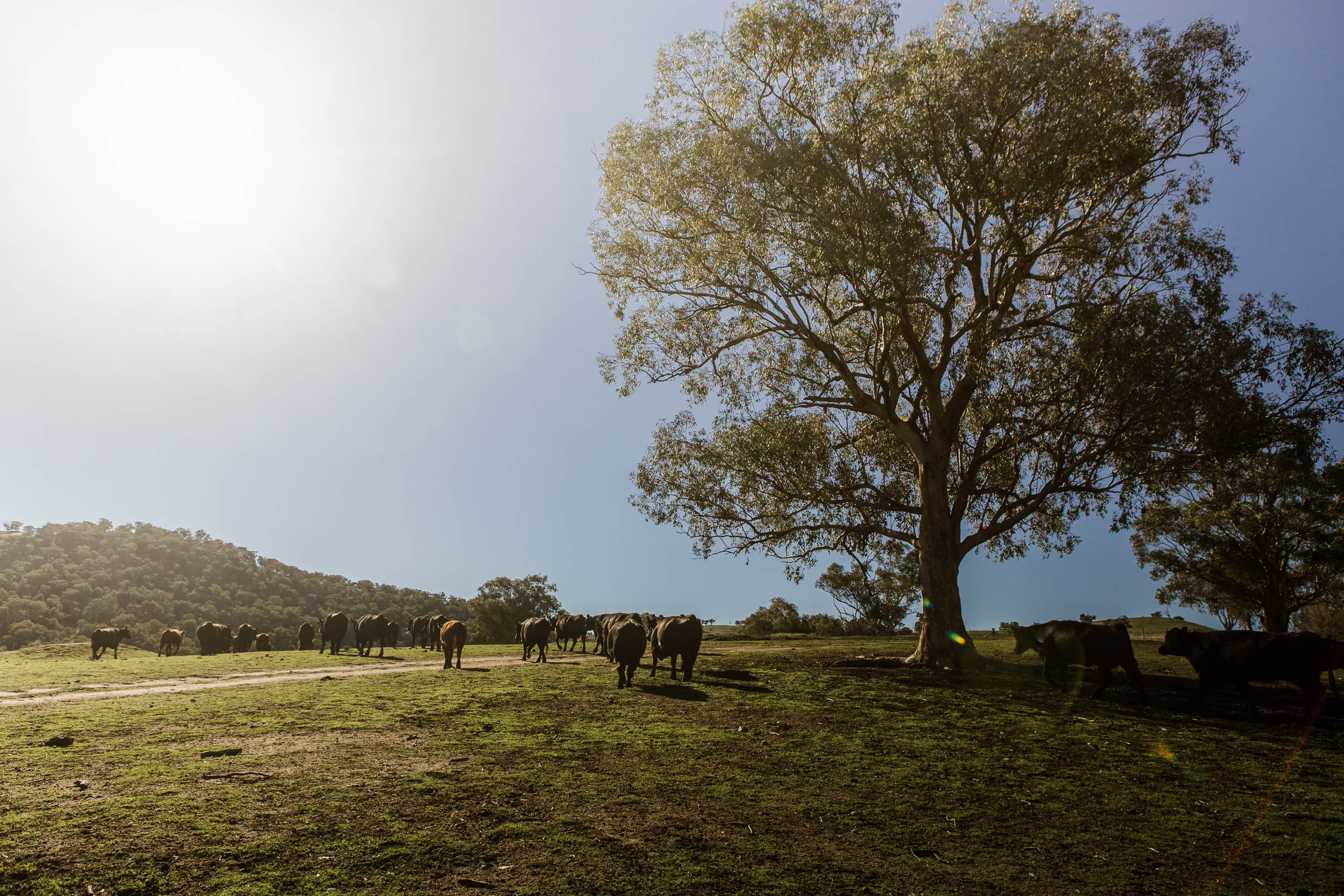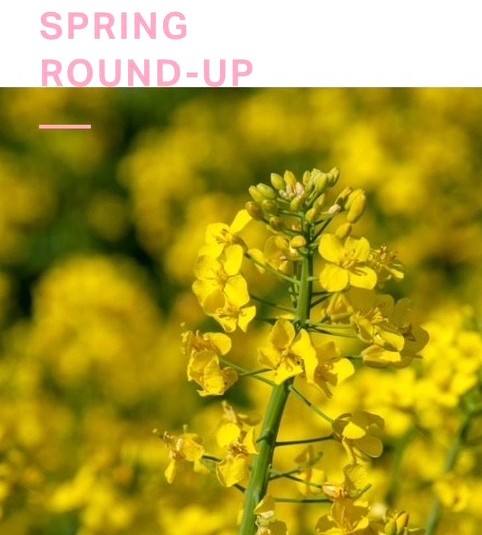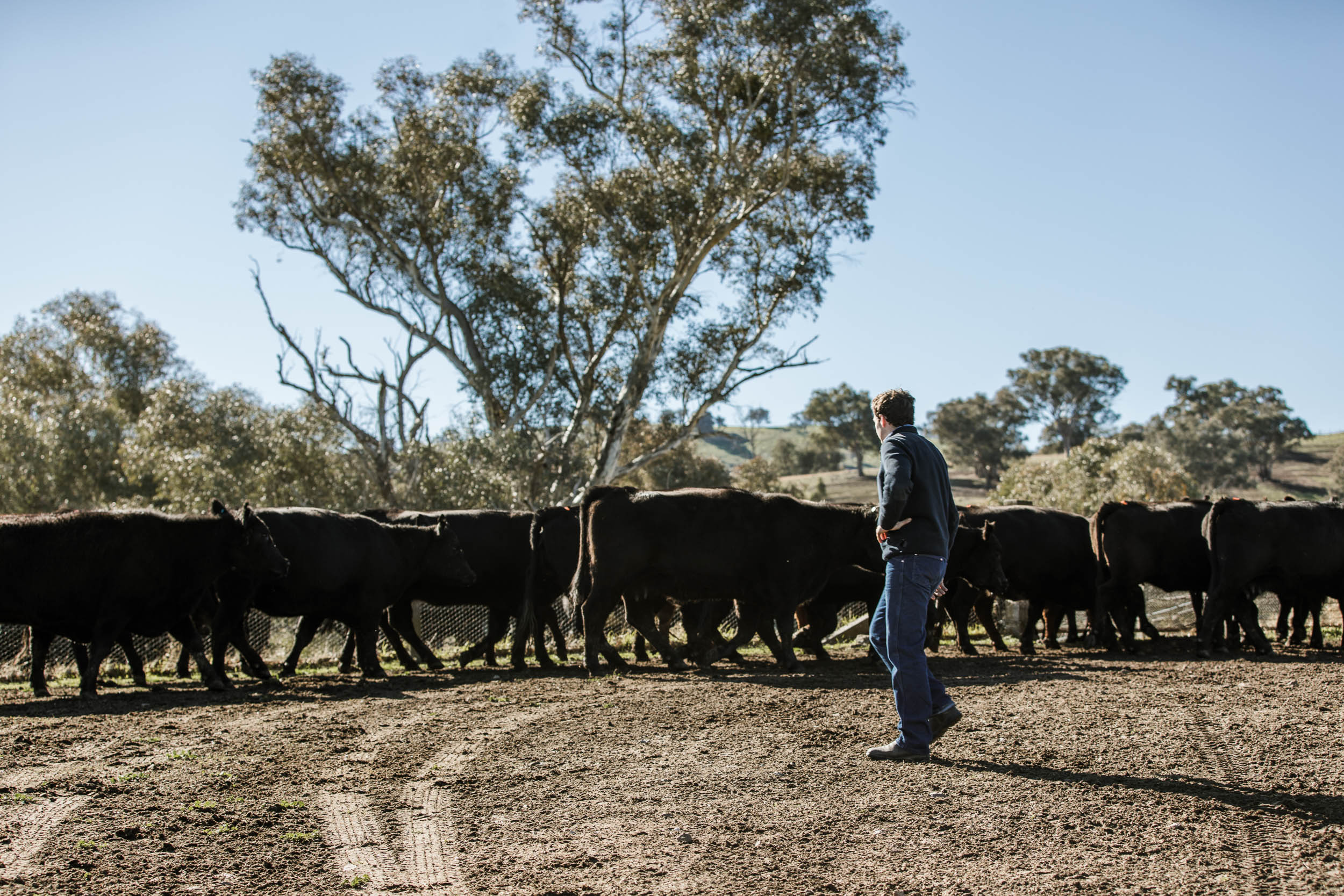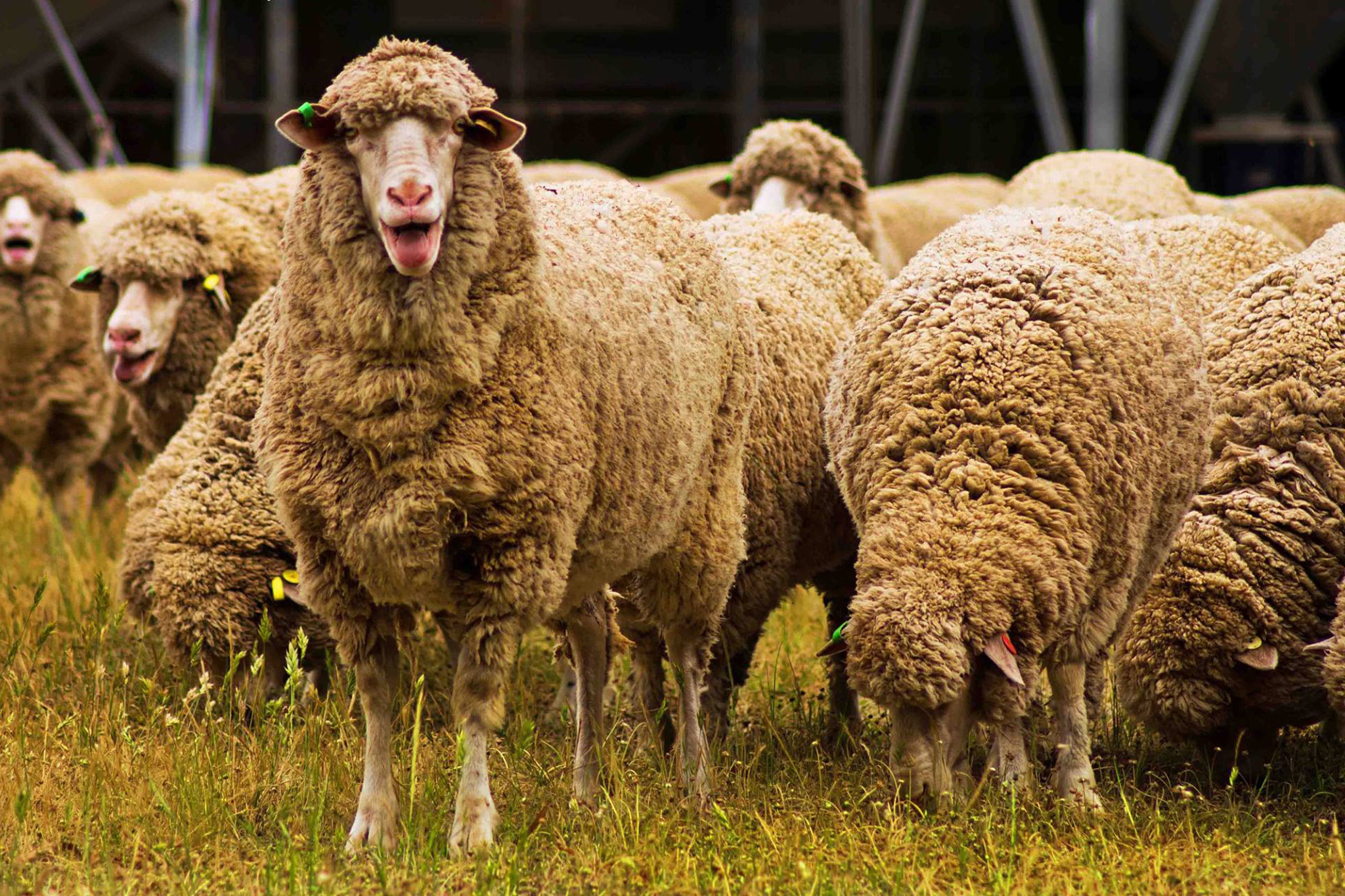Revealing The Magic Of Compensatory Growth
Written by Tom Keogh on July 26, 2025
It is often assumed that after getting through a tough period, growing sheep and cattle will make up for lost time with compensatory growth. Compensatory growth is the term used to describe the rapid growth commonly observed when better feed is provided following a period of nutritional restriction. If saving money on supplementary feed seems attractive because of the expected catch-up benefit once feed is more plentiful, then perhaps a clearer understanding of compensatory growth will help guide that decision.

Ruminants have an incredible ability to adapt to their diet and respond to a limited supply of nutrients by shrinking their organs. This is a useful adaptation as it reduces their maintenance energy requirements. Protein turnover (synthesis and degradation) in any tissue has an energy requirement that is proportional to the mass of the tissue and the rate of protein turnover. The liver and digestive tract account for at least 50% of maintenance energy requirements because of the rapid protein turnover rate in these organs. When feed intake is low, the size of these organs reduces.
The opposite also occurs with an improved feed supply, the organs adapt by increasing in size. The contents of the digestive tract also become heavier because more food is being digested. The combined increase in organ mass and weight of gut contents contribute considerably to compensatory growth, but these weight increases have little value for a producer selling a carcass. These changes typically occur quickly as organs adapt to a new feeding regimen within weeks. However, there are numerous reports of compensatory growth existing well beyond this timeframe, which means the internal organs aren’t solely responsible.
When two animals of the same age are compared, but one is lighter because it has experienced a feed restriction, the two animals are actually at different stages of maturity. The heavier animal is closer to its mature weight. It is therefore depositing more energy as fat which requires more energy per unit of gain compared to lean tissue. In contrast, the lighter animal is prioritising lean tissue gain.
If both animals were fed an equal diet, the lighter animal will initially have improved weight gain per unit of feed intake. Eventually, the lighter animal will catch up because growth slows towards maturity. However, improvements in feed conversion can also be achieved by just feeding younger animals that haven’t experienced a feed restriction.
Another common observation is that large, lean animals demonstrate compensatory growth. These could be animals that have been fed for slow growth or ‘backgrounded’ resulting in minimal fat deposition throughout their growth to maturity. They could also be animals that have been fed at or below maintenance for long enough that their fat stores have been depleted. Energy stored as fat can be utilised when feeding levels are low and can even be used to deposit lean tissue.
The result of both backgrounding and utilising fat stores is a skinny animal that is relatively mature or ‘big framed’. With improved nutrition, and after the organs have adapted, these animals will deposit more fat than an animal at the same liveweight that was fed to grow continuously. This means their feed conversion will be less efficient, and yet compensatory growth is still observed.
Compensatory growth most likely occurs in big framed animals because their maturity increases their capacity and desire to eat. This may be useful when there is a seasonal supply of a cheap and high-quality feed source (such as pasture). But if high levels of feed utilisation are desired, it would be better to have lots of less mature animals that will better convert it to liveweight gain.
The reality is that younger animals are frustrating because they are more difficult to adapt to a novel diet and can take a long time to consume sufficient quantities to grow to their potential. But to improve profitability by maximising the carcass weight produced from energy consumed, it makes more sense to feed younger animals than to rely on compensatory growth. Particularly when the majority of the compensation is typically explained by larger organs and greater gut fill which are yet to be included on a price grid.
Feeding animals at or below maintenance can make sense if you know the price of energy will be cheaper in the future and also exactly when that will be. But the energy required to produce a carcass for your target market doesn’t change, and any energy lost from the carcass doesn’t magically reappear. You are gambling that cheaper energy isn’t too far away, perhaps resulting in any potential benefits of compensatory growth being passed onto the next link in the supply chain when it takes too long. My suggestion would be to keep animals growing and find another use for that excess cheap feed when it appears sometime in the future.
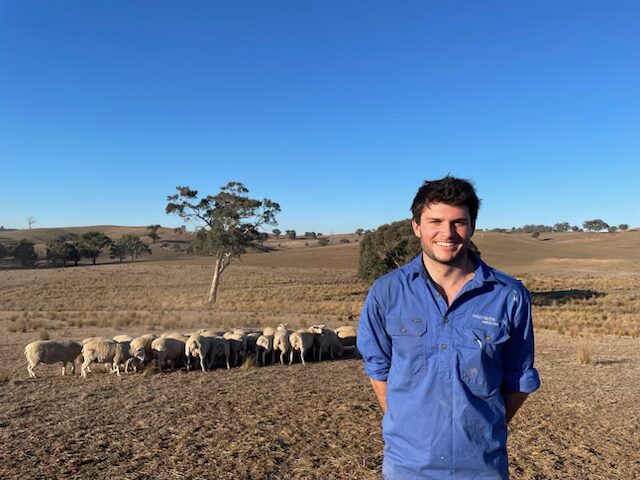
Tom Keogh is the author of this article. Tom completed a PhD investigating lamb growth and nutrition with a focus on feeding lambs in feedlots. Tom is currently a postdoctoral research fellow at the CSIRO, spending most of his time modelling livestock farming systems to answer questions in relation to genetic selection, management strategies, climate change, and more. Prior to, and throughout, his university studies he gained experience working on commercial sheep and cattle farms and in his spare time still assists with his parent’s small property in southern NSW.
We’re delighted to have Tom Keogh contributing a series of articles to our website. As Tom puts it:
“I decided to write articles because I realised that no producer has the time to sit down and read my PhD, or any other scientific literature, and try to make sense of it all. But I knew there was useful information worth sharing, if I just broke it into bite-sized chunks. I’m always looking for ways to connect with farmers and explore new challenges, and writing felt like a simple way to do that.”

